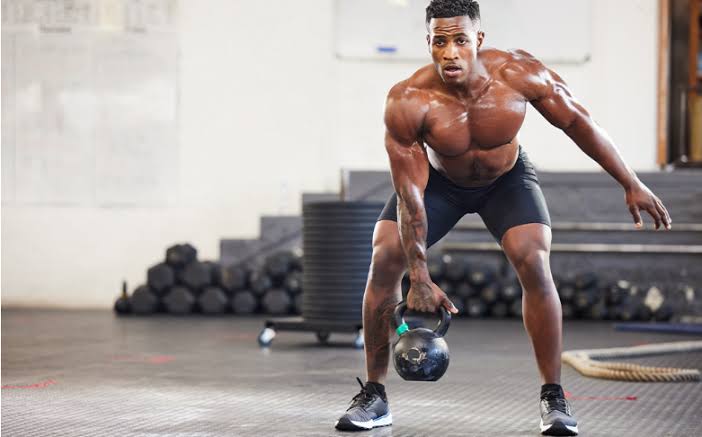You need more than just talent to be the best athlete you can be. It needs an organised exercise regimen that includes discipline, strategic training, and conditioning at a high level. This in-depth guide goes over the ten finest fitness programs that have been found to make people more athletic, stronger, and more explosive. These workout regimens are designed to help you reach your highest level of fitness, whether you want to improve your endurance, speed, strength, or flexibility. Top athletes in several sports have used every technique on this list to improve their performance.
They include everything from advanced strength conditioning to high-intensity interval exercise. The major goals of these workouts are to make your core stronger, your heart healthier, your explosive strength better, your dynamic flexibility better, and your recovery better. If you want to compete at the highest level in football, basketball, track and field, or combat sports, these approaches will provide you the strong foundation you need. This article talks a lot about how professional training techniques are implemented in real life. It also shows how regular training, functional movements, and recovery regimens may all work together to make an athlete better overall. You can utilise the tips and tools in this guide to identify workout plans that work and help you come closer to becoming a professional athlete.
The Top Ten Fitness Routines To Become An Elite Athletes
10. Long Slow Distance Endurance Training

A strong aerobic base is essential for elite athletes. Long slow distance training involves extended sessions of moderate cardio that build cardiovascular efficiency and muscular endurance. This training style improves heart function, oxygen delivery, and fat metabolism, making it a foundational routine for runners, swimmers, cyclists, and field athletes.
Rather than short bursts of speed, this approach focuses on maintaining a steady pace over time, often between 60 to 120 minutes. It helps strengthen slow-twitch muscle fibers, improves mental discipline, and allows the body to develop endurance without causing excessive stress on joints or muscles. It is especially effective for recovery days because of its low impact.
To incorporate this routine effectively, athletes should schedule two long cardio sessions per week, ideally following hard training days to promote active recovery. The goal is not speed but consistency. A relaxed conversational pace is ideal, allowing the heart rate to stay in an aerobic zone.
This routine supports other forms of high-performance training by building a strong foundation. When combined with interval training, strength conditioning, and mobility work, long slow distance becomes one of the most valuable and underrated tools in the fitness strategy of top athletes.
9. High Intensity Interval Training
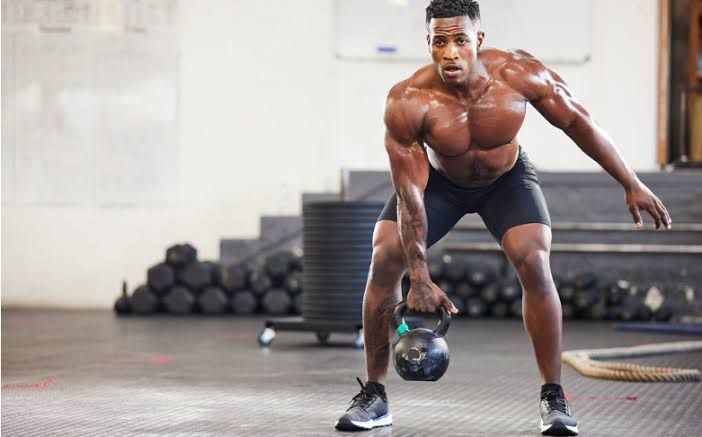
High intensity interval training has become a cornerstone in athletic development because of its ability to improve both aerobic and anaerobic performance. This routine alternates between short bursts of intense effort and controlled recovery periods. It improves oxygen capacity, metabolic rate, and overall performance efficiency, especially for athletes who rely on speed and power.
Typical HIIT sessions can involve sprinting for 30 seconds followed by a minute of walking, repeated for 20 to 30 minutes. These workouts push the body to its threshold and stimulate muscle fibers that are rarely used in steady-state cardio. Over time, this builds stamina, endurance, and explosive strength. One of the key benefits is time efficiency it allows athletes to achieve significant results in shorter sessions.
To implement HIIT effectively, it is best scheduled two to three times a week, with at least one full rest or low-intensity day in between. Warm-up and cool-down routines are necessary to prevent injury and support muscle recovery.
Elite athletes favor HIIT for preseason conditioning and during competitive seasons to maintain peak fitness. When used strategically, it enhances performance across a wide range of sports including football, basketball, track, and combat disciplines.
8. Strength and Power Conditioning
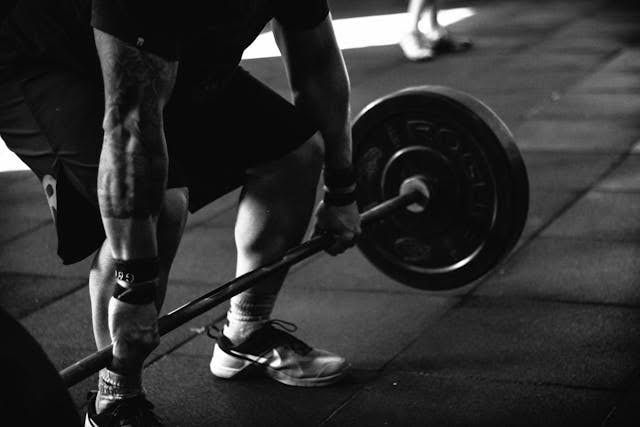
Strength and power training is critical to elite athletic performance. It focuses on increasing muscle strength, explosive power, and functional movement. This routine uses compound lifts like squats, deadlifts, bench presses, and Olympic-style movements to target multiple muscle groups and stimulate hormonal responses that drive growth and recovery.
Developing power allows athletes to jump higher, sprint faster, and withstand physical contact. Strength training also plays a key role in injury prevention by stabilizing joints, enhancing posture, and reinforcing the body’s structure. Regular strength sessions improve bone density, muscular endurance, and overall resilience, all of which are essential at the highest levels of sport.
For effective implementation, athletes should train major muscle groups two to three times per week, with a focus on progressive overload. This involves gradually increasing weight, reps, or intensity to continue challenging the muscles. Rest intervals, proper form, and periodized planning are crucial to avoid overtraining.
Strength conditioning supports other routines like plyometrics, sprint drills, and endurance work. It builds the raw power that translates into speed, control, and performance. When consistently practiced, this routine lays the groundwork for a durable and competitive athletic body capable of excelling under pressure.
7. Plyometric and Explosive Movement Training
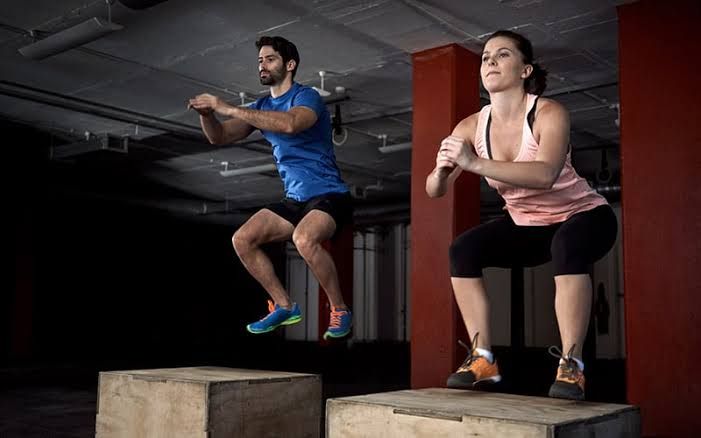
Plyometric training is essential for athletes who need speed, agility, and quick power bursts. This routine uses exercises like box jumps, broad jumps, bounding drills, medicine ball slams, and clap push-ups to train fast-twitch muscle fibers. These movements improve neuromuscular efficiency and help athletes react faster and more explosively during competition.
The goal of plyometrics is not just to jump higher or run faster but to improve the rate of force development. This is crucial in sports where reaction time and explosive movements make the difference between winning and losing. It also enhances coordination, balance, and core engagement.
Plyometric exercises should be performed two to three times weekly, ideally after a dynamic warm-up and before heavy strength training. Quality is more important than quantity—controlled and focused execution ensures results and minimizes injury risks. Rest between sets is important to maintain maximum effort during each repetition.
This routine complements strength and power training by teaching the body how to apply force rapidly. When combined with agility drills and functional movement patterns, plyometric workouts sharpen athletic capabilities and help athletes dominate in sports that demand quick directional changes and vertical explosiveness.
6. Sport Specific Skill Training
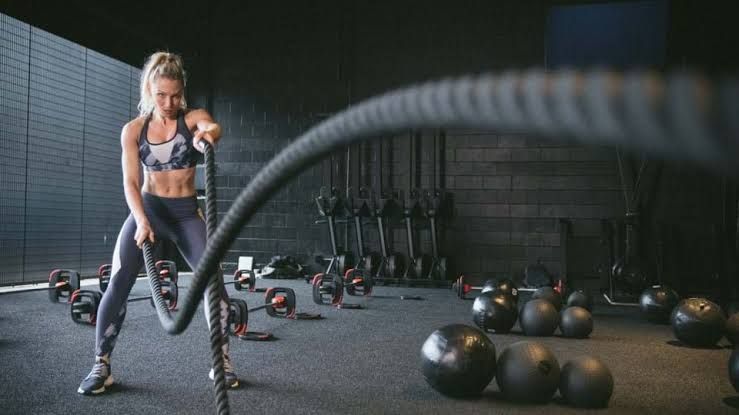
While general conditioning builds the body, sport-specific training shapes performance. This routine involves replicating movements and demands unique to the athlete’s sport. For a basketball player, this could mean shooting under fatigue or practicing footwork. For a swimmer, it could be underwater kick repetitions and flip-turn drills. The goal is to fine-tune technical skills, reflexes, and timing within the context of actual game scenarios.
Athletes must train their muscles and nervous systems to respond with precision. Sport-specific drills bridge the gap between general athletic development and peak performance. These routines often include agility ladders, cone drills, ball-handling, position-based movement patterns, or reaction exercises designed to simulate game situations.
To be effective, this routine should be performed three to four times per week, often in shorter, focused sessions. Repetition builds muscle memory, while variation ensures adaptability. Pairing this with video analysis or coaching feedback enhances the ability to correct and improve performance efficiently.
In elite training programs, sport-specific routines are non-negotiable. They ensure that all the strength, speed, and endurance developed through other workouts translate into actual in-game advantages. This is where athletes turn potential into competitive precision.
5. Mobility, Flexibility and Core Stability Training
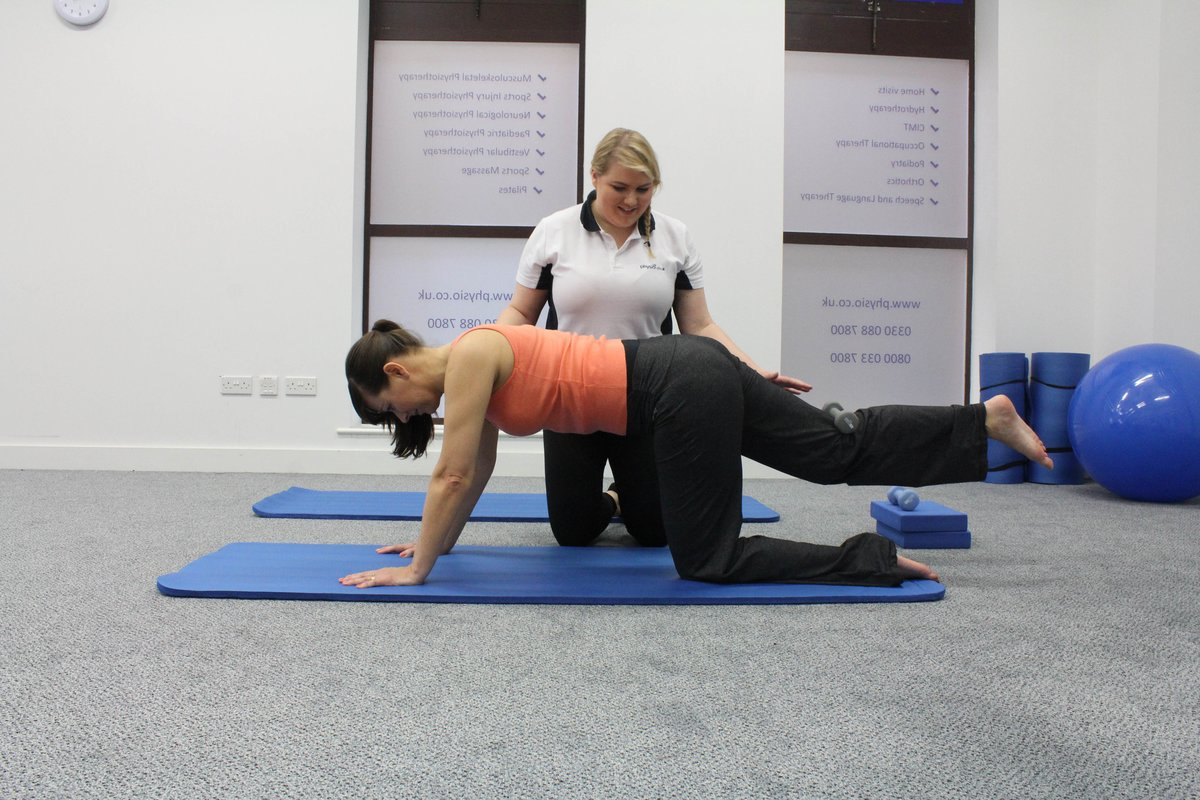
Mobility and flexibility routines are often underestimated, yet they are vital for longevity and optimal performance. This routine focuses on improving joint range of motion, muscle elasticity, and postural alignment. Core stability, in particular, supports nearly every movement an athlete performs, from sprinting to lifting to changing direction.
Movements such as dynamic stretches, foam rolling, yoga sequences, resistance band mobility drills, and controlled breathing exercises are key components. Core work includes planks, rotational movements, and balance exercises that stabilize the spine and pelvis. When performed consistently, these routines improve athletic control, coordination, and injury resistance.
It is recommended to incorporate this training daily, either as a warm-up, cool-down, or standalone session. Even 15 to 20 minutes of targeted mobility can enhance performance in other areas. Over time, it supports faster recovery, better movement mechanics, and greater efficiency in high-pressure moments.
By making the body more adaptable and resilient, this routine complements strength, speed, and skill work. For elite athletes, mobility and core training are the difference between sustaining high performance or being sidelined by preventable injuries. It is the glue that holds the entire fitness system together.
4. Altitude and Oxygen Restriction Conditioning
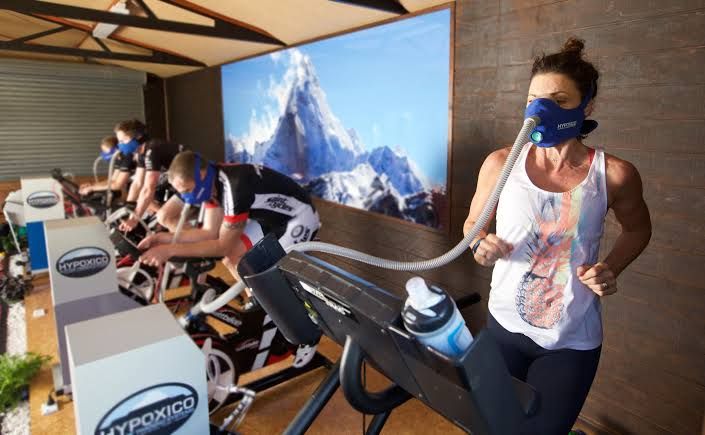
Training in low-oxygen environments, such as high-altitude locations or through oxygen-restriction devices, challenges the body to become more efficient at utilizing oxygen. This routine stimulates the production of red blood cells and enhances cardiovascular performance, especially useful for endurance athletes and those in high-intensity sports.
At higher altitudes, the air contains less oxygen, forcing the body to adapt by improving oxygen transport and increasing stamina. Athletes often follow the live-high, train-low model, living at high elevations and training at lower levels to maximize performance gains. Alternatively, altitude masks or hypoxic chambers are used in controlled environments.
Sessions may include running, cycling, or circuit training while wearing altitude masks or performing at simulated elevations. These should be introduced gradually, as the body needs time to adjust to oxygen limitations.
Benefits include improved lung capacity, higher VO2 max, and faster recovery under normal conditions. This training is especially valuable in sports requiring sustained endurance and quick bursts of power. When used responsibly under professional guidance, this routine gives elite athletes a natural edge by making their cardiovascular systems more efficient and resilient under competitive stress.
3. Recovery and Regeneration Optimization
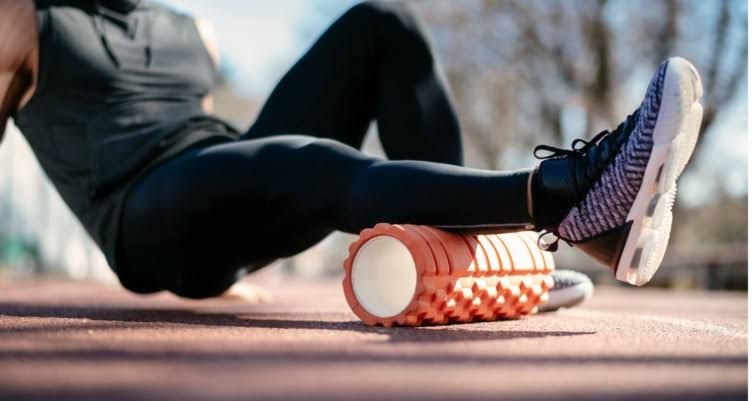
Elite athletes understand that recovery is not rest, it is performance enhancement. Recovery routines include sleep optimization, active recovery, massage therapy, cold immersion, compression therapy, stretching, and nutritional strategies. These practices allow the body to rebuild, adapt, and return stronger after intense physical exertion.
A typical recovery-focused day might include light cycling, mobility drills, hydration, nutrient timing, and targeted therapy sessions. Quality sleep between seven to nine hours per night has a direct effect on hormonal balance, cognitive function, and muscular repair. Cold baths and contrast therapy reduce inflammation, while massage and foam rolling promote circulation and tissue relaxation.
Recovery should be intentional and structured, not just passive downtime. It is recommended to dedicate at least one day per week to active recovery, and to include recovery protocols daily, even after lighter sessions. Nutrient-rich meals, proper hydration, and mental relaxation techniques are also part of a full recovery system.
Without proper recovery, training gains diminish, and injury risk increases. Optimized recovery is what enables consistent training at the elite level. It transforms physical strain into long-term growth, ensuring sustainability, sharpness, and peak performance across an athlete’s competitive season.
2. Periodization and Progressive Overload
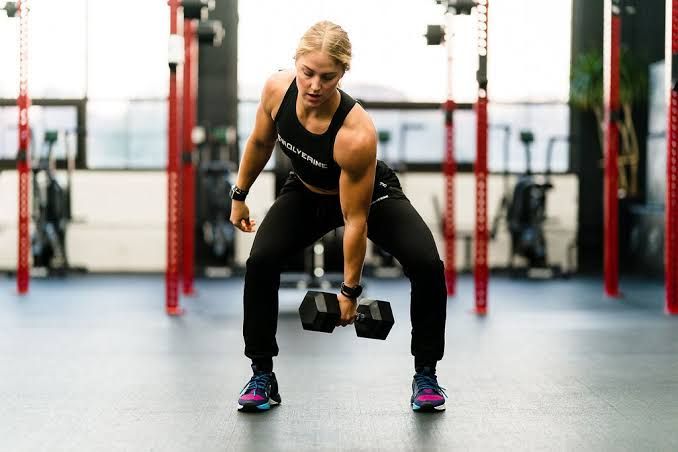
To consistently improve, athletes must follow a structured approach to training. Periodization divides the year into phases preparation, competition, and recovery each with specific goals. Within these phases, progressive overload ensures that the body is continually challenged, forcing it to adapt by growing stronger, faster, and more resilient.
This routine involves gradually increasing the difficulty of workouts through more weight, volume, speed, or complexity. It also includes planned variations in training intensity to avoid plateaus and overtraining. Microcycles and mesocycles guide short and medium-term progress, while macrocycles set long-term objectives.
For example, a six-week strength phase may be followed by a three-week speed focus, then a tapering period before competition. Each block builds on the previous one, creating cumulative gains over time. Monitoring fatigue, recovery, and performance metrics is essential to adjust plans accordingly.
Elite athletes rely on this method to peak at the right moments. Without it, training becomes random and unsustainable. Periodization and overload transform daily effort into calculated progress, aligning physical preparation with competition schedules. It provides a roadmap to excellence and ensures consistent, measurable improvement.
1. Mental Conditioning and Performance Psychology

Elite performance is as much mental as it is physical. Mental conditioning develops focus, confidence, emotional control, and resilience under pressure. Athletes train their minds through visualization, goal setting, mindfulness, and concentration exercises, all designed to enhance mental toughness and consistency.
Techniques such as controlled breathing, positive self-talk, and scenario rehearsal allow athletes to manage stress and maintain focus during critical moments. Visualization mentally rehearsing success before it happens is used widely by top performers to improve execution and reduce anxiety. Working with a sports psychologist can also uncover mental blocks and refine strategies.
Daily routines might include journaling, affirmations, or quiet reflection before and after training. Competitive simulations and high-pressure drills further condition athletes to handle challenges with clarity. Over time, these practices create a mindset that thrives under pressure rather than collapsing.
This routine is essential because physical preparation can only take an athlete so far. Without mental strength, performance suffers when stakes are high. By building psychological endurance alongside physical skill, mental conditioning empowers athletes to maintain excellence in training, competition, and life beyond sports.

